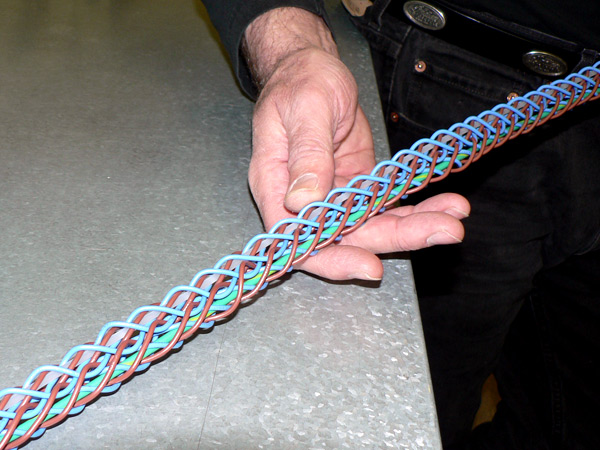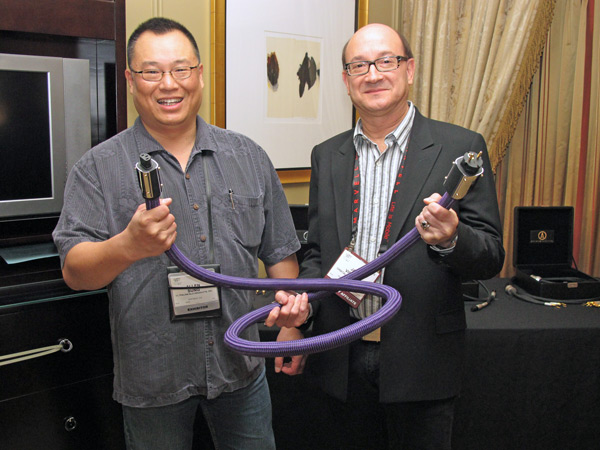Microstrip
resistance does not affect FR. Resistance doesn't change with frequency... Impedance components are Resistance, Inductance and Capacitance. The last two are frequency dependent resistance is not...
True that a change in resistance affects the impedance but that change is NOT frequency dependent ..
I have tried to sidestep the audibility of cables and if we can hear such differences. I must say that for video there is not much of a debate Any high End video image will quickly convince anyone there is NO difference between a premium HDMi cables and the ones from Belden/Canare /Blue Jeans... But for Audio, .. It goes on ... it is harder although very few if any audiophile are able to reliably recognize the contribution of their or anybody's cable (adequate cable) once knowledge removed ... let's not go further with that .. I will grant you that you or some may hear differences for the sake of the discussion ... Not that I am no longer convinced having been on the other side ....
it could be said that what constitute high End audio cables is very far from science, although Big Scientific terms and concepts are constantly invoked (Quantum Tunneling, Speed of light, Cryogenics, Group Delay, Vibration control, electrons alignment and even black Body Rdiations ...) ... It remains that for things that are very difficult to explain with any science or even metaphysics their prices remain brutally lofty .. Especially when the solution can be quite easy.. If for example ne absolutely wants to reduce capacitance then one can simply keep two normal wires apart . For that you need nothing but to space the wires, no big sheath or jacket required .. Kep the things apart spaced by a piece of wood if you will, nice carved wood from African mahogany or M'pingo wood if you want to
.... So what are we left with ? Some very nice piece of wires that are beautifully dressed and to which we can attach some nice "network" and some precious metal ( Silver is not that expensive but ...0 and suddenly we have a $40,000 item ... It would be Ok iif one would admit it is simply a nice item ... Patek Phillipe will never claim that their watches are more precise than any other Luxury watch or that iit is a superior Time keeper we know that, we know we are buying a status thing and are pleased with the Purchase. For time keeping we know what to trust and we know they cost less, much, much , much less .. Cables don't have this luxury, they proclaim superior performance and at a more than premium .. Such performance is quite evanescent .. it seems not to resist the simple test of removing the knowledge of what is there? In my book this is dangerously approach the definition of "scam".
P.S. FWIW I, also
thought the Valhalla sounded better than anything else in my very own system ... until an experiment wthe results of which I have documented in this forum . Having failed the simple test of being able to recognize the presence or absence of the Nordost .. I have taken this view.. I remain also quite convinced that few if any audiophile can reliably determine the presence or absence of their wn cables .. when visual acknowledgment is removed ... I also think I understand very much the psychology behind many of our perceptions ... thus my new (less than 3 years old) pro objectivist views... I will also add that s I believe that electronics sound different and speakers the most different.. I also believe that one can hear the contribution of a clean power system .... I have NO clear explanation for such but I am willing to bet that this can be proven with knowledge removed ... I could be wrong ... wouldn't be the first time .. nor the last ...



















